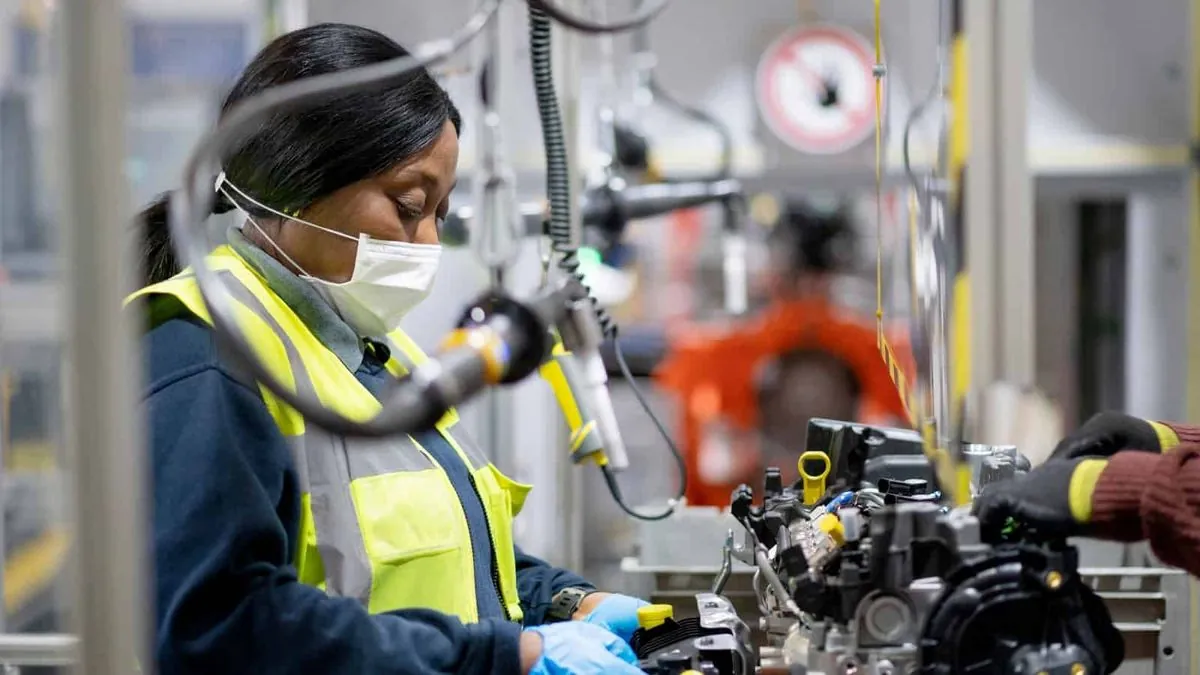Kamala Harris economic vision fits into administrations wider strategy thats built on middle-class growth principles. The plan (which includes bottom-up economic development) connects with current White-House policies aimed at strengthening home-grown industries
The United States took a historic step that the world had long asked us to take—to build a clean energy economy
The governmentʼs approach includes wide-ranging industrial policies; focusing on US-based manufacturing and job creation. The CHIPS and Science Act shows this direction - combining semi-conductor production with community development like day-care centers
Economic specialists point to possible issues with the current direction:
- Risk of global subsidy competition
- Trade protection drawbacks
- Complex policy connections
Boushey defended the strategy saying “weʼre encouraging businesses to follow best-in-class practices.“ Speaking about China relations she explained that its not about stopping trade but de-risking partnerships while keeping American workers interests in mind
The administration stays firm on its policy mix that joins industrial growth with social development. This approach aims to boost domestic production without cutting off international trade connections - especially regarding the careful balance in China-US business ties
